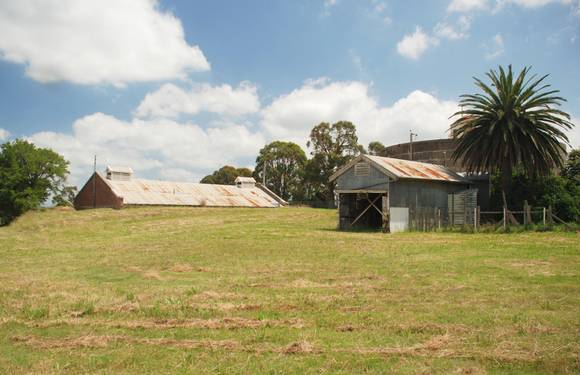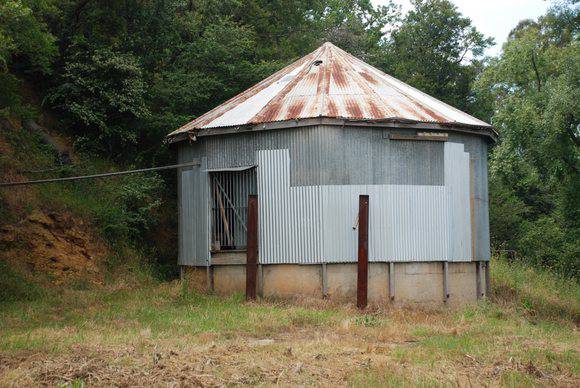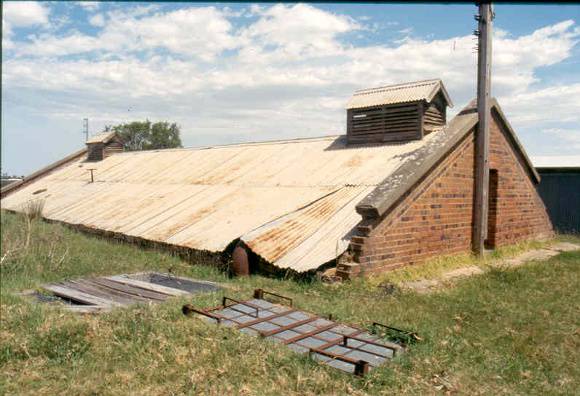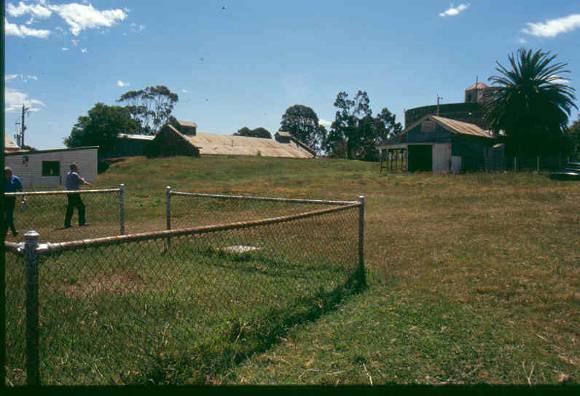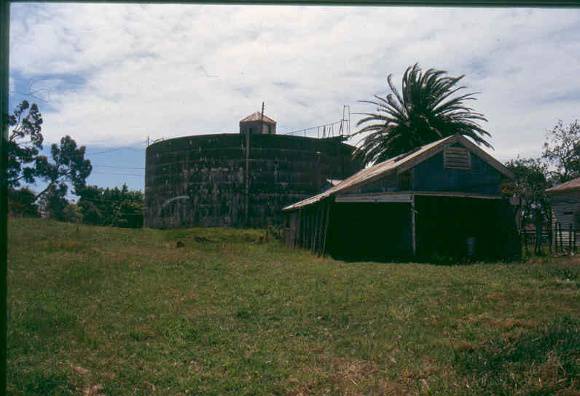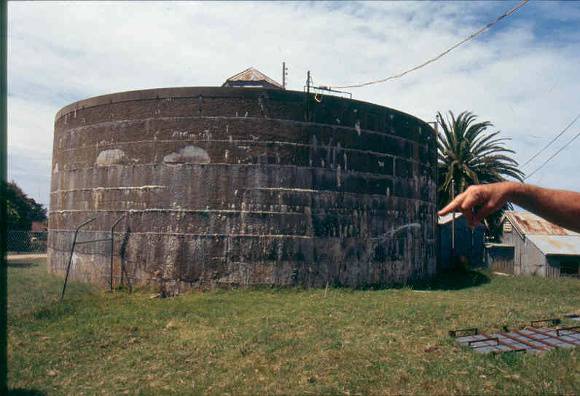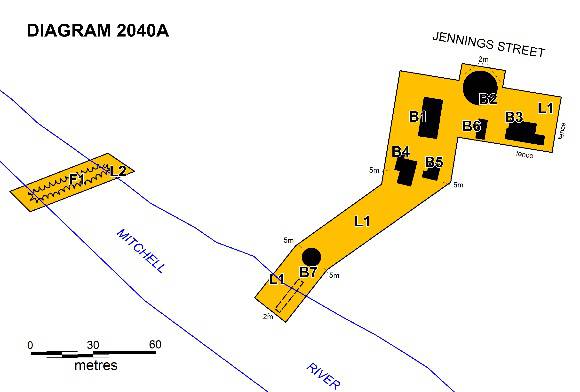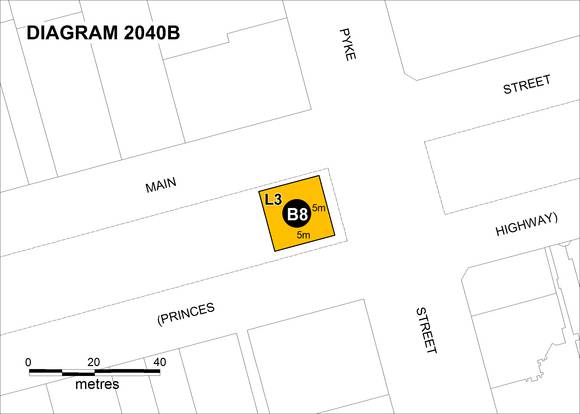| Back to search results » | Back to search page » |
|
BAIRNSDALE PUMPING STATION
LocationJENNINGS STREET (PUMPING STATION) AND MAIN STREET (TOWER) BAIRNSDALE, EAST GIPPSLAND SHIRE
File NumberFOL/17/10619LevelRegistered |
|
Statement of Significance
What is significant? The Bairnsdale Shire Council called for proposals in 1884-5 to construct a water supply system for the town, and in 1886 accepted the design of the prominent architect and civil engineer John Harry Grainger (1854-1917). Grainger was already well known as the designer of the Princes Bridge in Melbourne (built 1886-8, VHR H1447) and the Swing Bridge over the La Trobe River near Sale (built 1880-83, VHR H1438). The first phase of the pumping station, completed in 1888, pumped water by steam-driven pumps from the Mitchell River up to an in-ground reservoir, and from there it flowed by gravity through a pipe to the town. An engine driver was housed in a small cottage on the site. An upgrade to the station in 1906 included the installation of a new cylindrical concrete tank designed by (Sir) John Monash's Reinforced Concrete and Monier Pipe Construction Company. A new pumphouse was also built, which initially housed a steam-driven pump. The plant was electrified in 1926, and a pair of X-pumps, a new Victorian invention, was added. A reinforced concrete water tower designed by the civil engineer Svend Haunstrup, a specialist in reinforced concrete construction, was built in 1926-7 in Main Street to provide higher and more consistent water pressures. In 1935 another pump house with five electric booster pumps was built on the upper level. A workshop was added in the 1950s. The pumping station continued to operate until the 1980s, when the new Wy Yung storage basin at Glenaladale was complete. The former Bairnsdale Pumping Station is located on the Mitchell River to the west of the township. There are three original 1888 structures: a water tank, a corrugated iron pump house and a weatherboard cottage, all now located on flat ground above the river. The rectangular in-ground water tank has brick walls above ground and mass concrete walls below, and is covered by a gabled corrugated iron roof. The original steam pump house was originally located next to the river but was moved in the 1930s to a site near the water tanks and used as a garage and later as a store. The 1906 structures are the cylindrical reinforced concrete tank and the lower pump house next to the river, which has a circular base of reinforced concrete with a timber-framed 16-sided super-structure (which may have been added in 1926 to house the new X-pumps, which still remain inside), which is clad on the walls and roof with corrugated iron and the roof is lined with Oregon boards. Immediately downstream of the lower pumphouse is a rubble-stone weir built to prevent saline tidal water entering the river above. The 1930s pumphouse is a weatherboard shed, which contains five electric centrifugal booster pumps, and has a corrugated iron addition. The corrugated iron 1950s workshop also contains original machinery. How is it significant? Why is it significant? Bairnsdale Pumping Station is scientifically (technically) significant for its ability to demonstrate changes in water delivery technology from the 1880s, especially relating to the evolution of pumping, tank construction and water treatment. The 1920s X-pumps are significant as the only in situ examples of their kind in Victoria, and demonstrate the innovations which were taking place in engineering design in the state at the time. The 1906 tank is significant as the earliest known Monier-type reinforced concrete water tank in Victoria.
The Bairnsdale Pumping Station complex comprises: a 380,000 litre in-ground water reservoir, a pumphouse and a residence, all completed in 1888; a 1.3 million litre above-ground concrete tank and a pumphouse added nearby in 1906; a weir on the Mitchell River below the pumping station; a 1930s pumphouse; a 1950s workshop; and a 30 metre high 303,000 litre water tower built in the town centre in 1926.
Bairnsdale Pumping Station is of historical and scientific (technical) significance to the State of Victoria.
Bairnsdale Pumping Station is historically significant as the most intact example in Victoria of an early municipal pumping station. The site has an unparalleled collection of buildings, tanks and machinery that demonstrate the operations of a nineteenth and early twentieth century municipal water pumping station. The station is a reflection of the growth of Victorian towns in the late nineteenth century and the need to provide reliable and safe water supply systems for them. The two key phases of the development of the pumping station were designed by two of Victoria's leading engineers, John Grainger and Sir John Monash.
Group
Utilities - Water
Category
Water Pump House/Pumping Station


